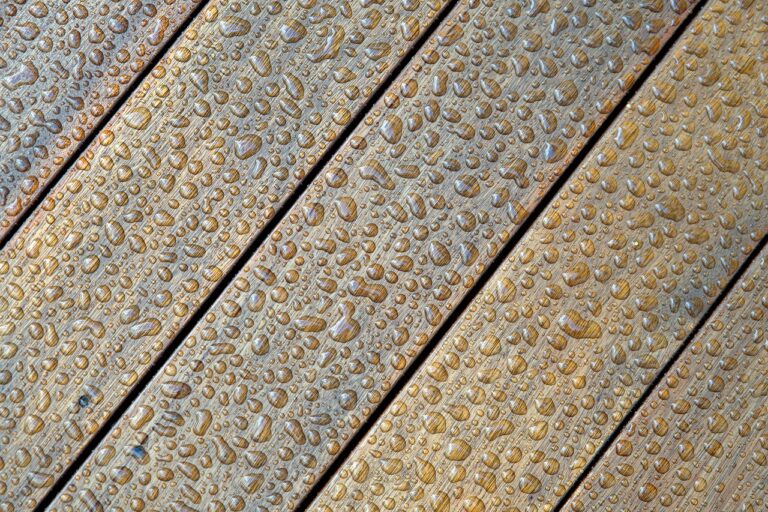Flooding or leaks in your home can lead to the growth of mold, which can be detrimental to your health and the structural integrity of your property. If you’re faced with the task of mold remediation, it’s important to approach it efficiently and effectively. Here, we will discuss some practical techniques that homeowners can employ to tackle mold growth and ensure a clean and safe environment.
1. Wearing Proper Gear
When it comes to mold remediation, it’s crucial to prioritize your safety. Wearing the right gear can significantly reduce your exposure to mold and mold spores. While you don’t need a complete hazmat suit, there are some essential items you should have:
- Respirator: A dust mask or handkerchief won’t suffice since mold can pass through them. Instead, opt for an N-95 respirator, which can be found in most hardware stores and online. Ensure that the respirator fits properly by following the instructions provided.
- Goggles: Protect your eyes from mold and mold spores by wearing goggles without ventilation holes.
- Gloves: Avoid touching mold or moldy items with your bare hands. Opt for long gloves that extend to the middle of the forearm. When using water and mild detergent, ordinary household rubber gloves can be used. However, when dealing with disinfectants or strong cleaning solutions, choose gloves made from natural rubber, neoprene, nitrile, polyurethane, or PVC.
2. Assessing the Mold Growth
Before diving into the remediation process, it’s important to assess the extent of the mold growth. This will help you determine the appropriate steps to take and the resources you’ll need. Here’s how you can go about it:
- Visual Inspection: Conduct a thorough visual inspection of the affected areas. Look out for any signs of mold growth such as discoloration, musty odors, or visible mold patches.
- Moisture Detection: Use moisture meters or thermal imaging cameras to detect hidden moisture sources that may be promoting mold growth. Pay attention to areas prone to water damage, such as basements, crawl spaces, and areas affected by leaks.
- Sampling: In some cases, it may be necessary to collect mold samples for further analysis. This can help identify the type of mold present and determine the appropriate remediation techniques. Consult with a professional if you’re unsure about sampling procedures.

3. Containing the Area
Before you begin the cleanup process, it’s crucial to contain the mold to prevent its spread to unaffected areas. Here’s how you can achieve this:
- Seal Off the Area: Close all doors and windows leading to the affected area to prevent the dispersion of mold spores to other parts of your home.
- Cover Openings: Use plastic sheets and duct tape to cover any openings, vents, or HVAC systems in the vicinity of the mold growth. This will prevent the spores from circulating through the air.
5. Removing the Mold
Now it’s time to remove the mold from the affected surfaces. Depending on the extent of the mold growth, different techniques can be employed:
- Non-Porous Surfaces: For hard, non-porous surfaces such as glass, metal, or plastic, you can use a solution of water and detergent to scrub away the mold. Avoid using bleach on these surfaces, as it may not be effective and can cause discoloration.
- Porous Surfaces: Porous materials like drywall, carpets, and fabrics may require more extensive remediation. In some cases, it may be necessary to remove and replace these materials altogether to ensure complete removal of the mold.

6. Drying the Area
After removing the mold, it’s essential to dry the affected area thoroughly. Mold thrives in moist environments, so eliminating excess moisture is crucial to prevent future growth. Here are some tips for effective drying:
- Increase Ventilation: Open windows, use fans, and dehumidifiers to improve air circulation and speed up the drying process.
- Monitor Moisture Levels: Regularly check the moisture levels in the affected area using moisture meters. Ensure that the levels are within an acceptable range before proceeding to the next steps.
7. Taking Preventive Measures
To prevent mold growth in the future, it’s important to address the underlying causes and take preventive measures. Here’s what you can do:
- Fix Leaks: Promptly repair any leaks or water damage in your home. This includes fixing plumbing issues, roof leaks, and sealing cracks in the foundation.
- Control Humidity: Maintain optimal humidity levels in your home (around 30-50%) to discourage mold growth. Use dehumidifiers in damp areas such as basements or bathrooms and ensure proper ventilation throughout your home.
- Do Regular Inspections: Conduct regular inspections of areas prone to moisture and mold growth. This includes checking for signs of leaks, condensation, or water damage.
The Bottom Line
Efficient mold remediation is crucial for maintaining a safe and healthy living environment. Remember, if the mold growth is extensive or if you’re unsure about the remediation process, it’s always best to consult with a professional for guidance.






